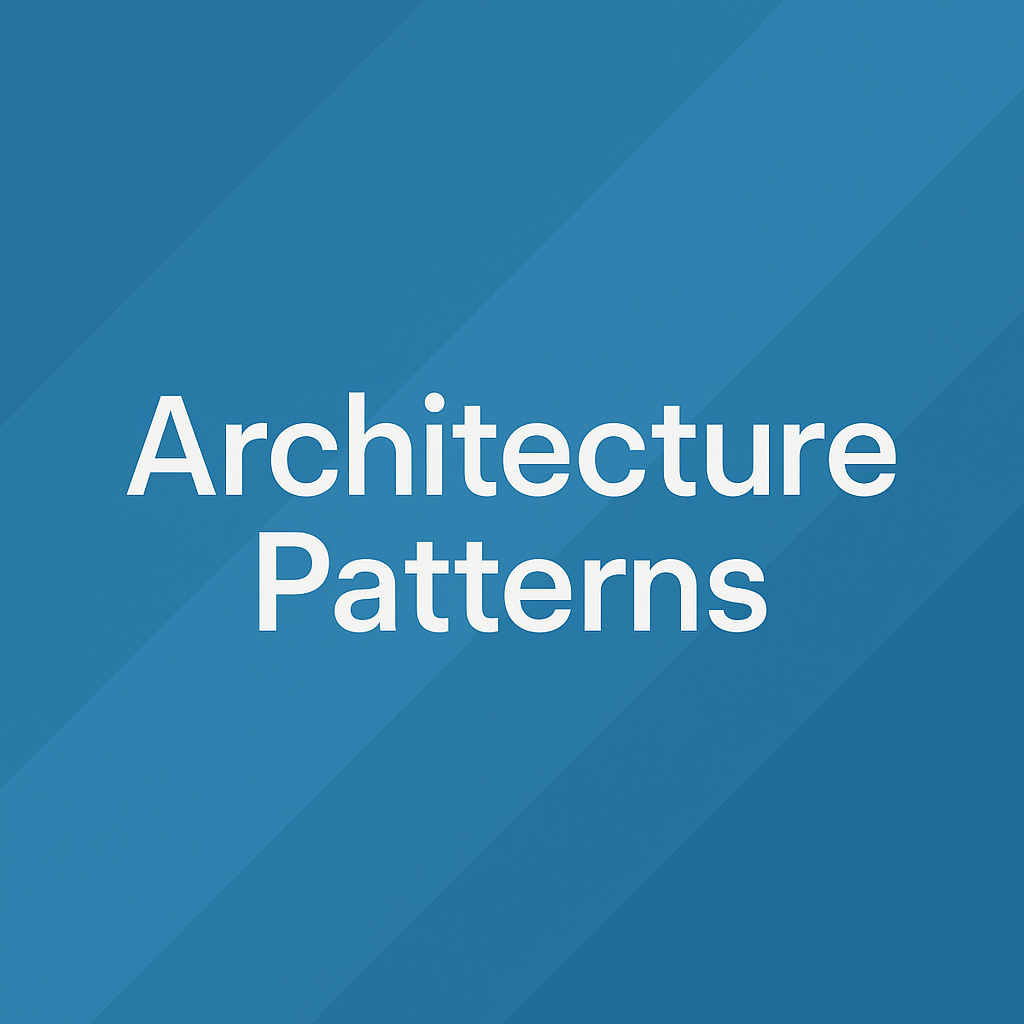
- By Mo Moufakkir
- 23, Mar 2024
- Architecture
Modern Software Architecture Patterns: A Comprehensive Guide
Explore essential software architecture patterns that help build scalable, maintainable, and robust applications. From microservices to event-driven architecture, learn how to choose and implement the right pattern for your project.
1. Microservices Architecture
Microservices architecture breaks down applications into small, independent services:
- Service Independence: Each service runs independently with its own database and deployment cycle, enabling better scalability and maintenance.
- Domain-Driven Design: Organize services around business capabilities and domain boundaries for better alignment with business needs.
- Communication Patterns: Implement service-to-service communication using REST, gRPC, or message queues for reliable interactions.
2. Event-Driven Architecture
Event-driven architecture uses events to trigger and communicate between services:
- Event Sourcing: Store all changes to application state as a sequence of events, enabling better audit trails and system recovery.
- Message Brokers: Use message brokers like Kafka or RabbitMQ to handle event distribution and ensure reliable delivery.
- Event Processing: Implement real-time event processing for immediate system reactions and data consistency.
3. Clean Architecture
Clean Architecture emphasizes separation of concerns and dependency rules:
- Layered Structure: Organize code into layers (entities, use cases, interfaces, frameworks) for better maintainability.
- Dependency Rule: Dependencies can only point inward, ensuring core business logic remains independent of external frameworks.
- Testability: Design for easy testing by keeping business logic separate from external dependencies.
4. Serverless Architecture
Serverless architecture focuses on building applications without managing servers:
- Function as a Service: Deploy individual functions that scale automatically based on demand.
- Event Triggers: Use events to trigger functions, enabling efficient resource utilization.
- Stateless Design: Design functions to be stateless for better scalability and reliability.
5. Best Practices and Implementation
Key considerations when implementing architecture patterns:
- Pattern Selection: Choose patterns based on project requirements, team expertise, and scalability needs.
- Hybrid Approaches: Combine multiple patterns to address specific requirements and constraints.
- Monitoring and Observability: Implement comprehensive monitoring to track system health and performance.
Choosing the right architecture pattern is crucial for building scalable and maintainable software systems that can evolve with your business needs.




